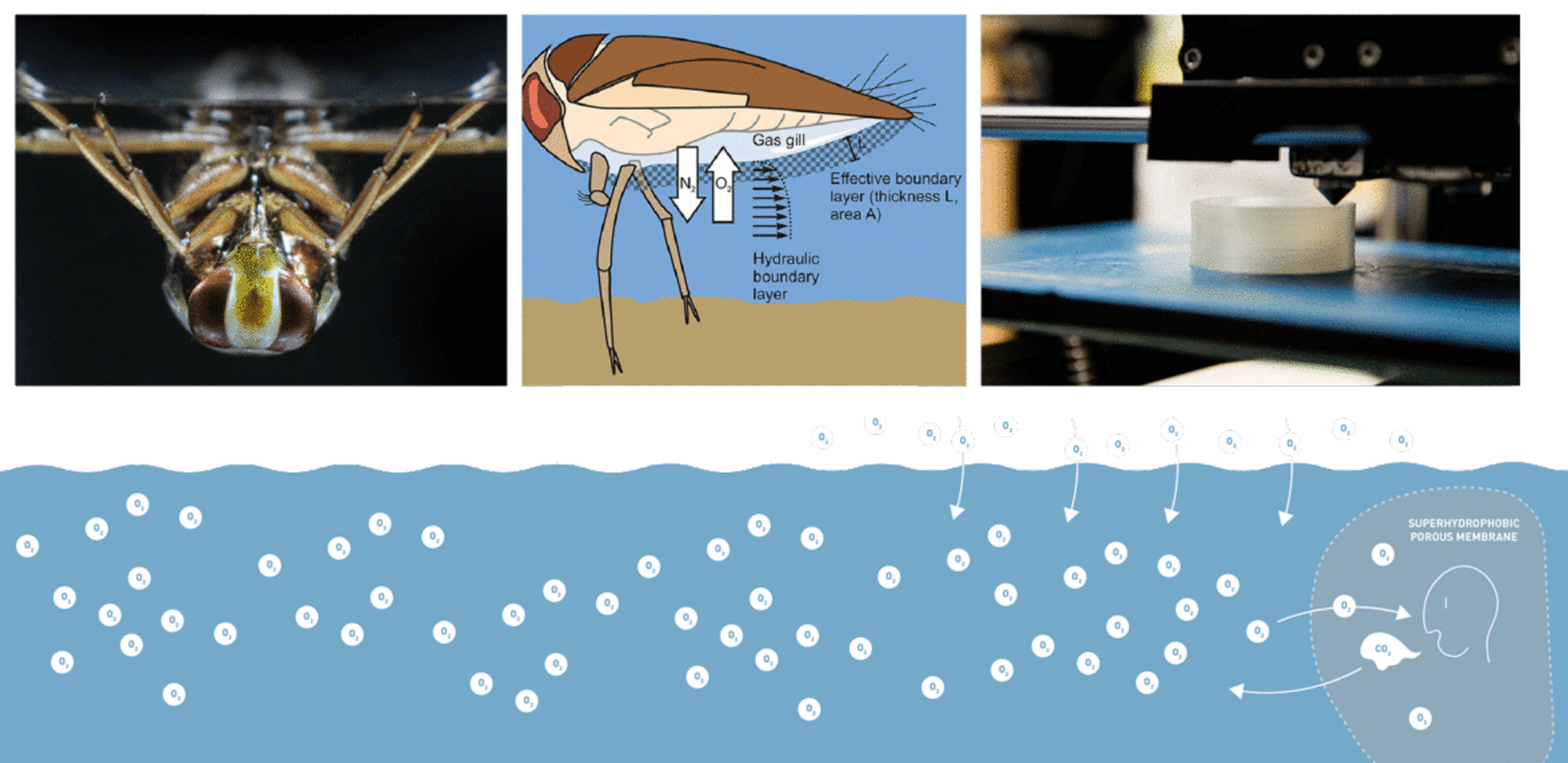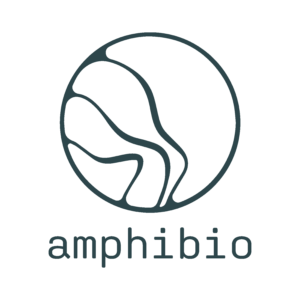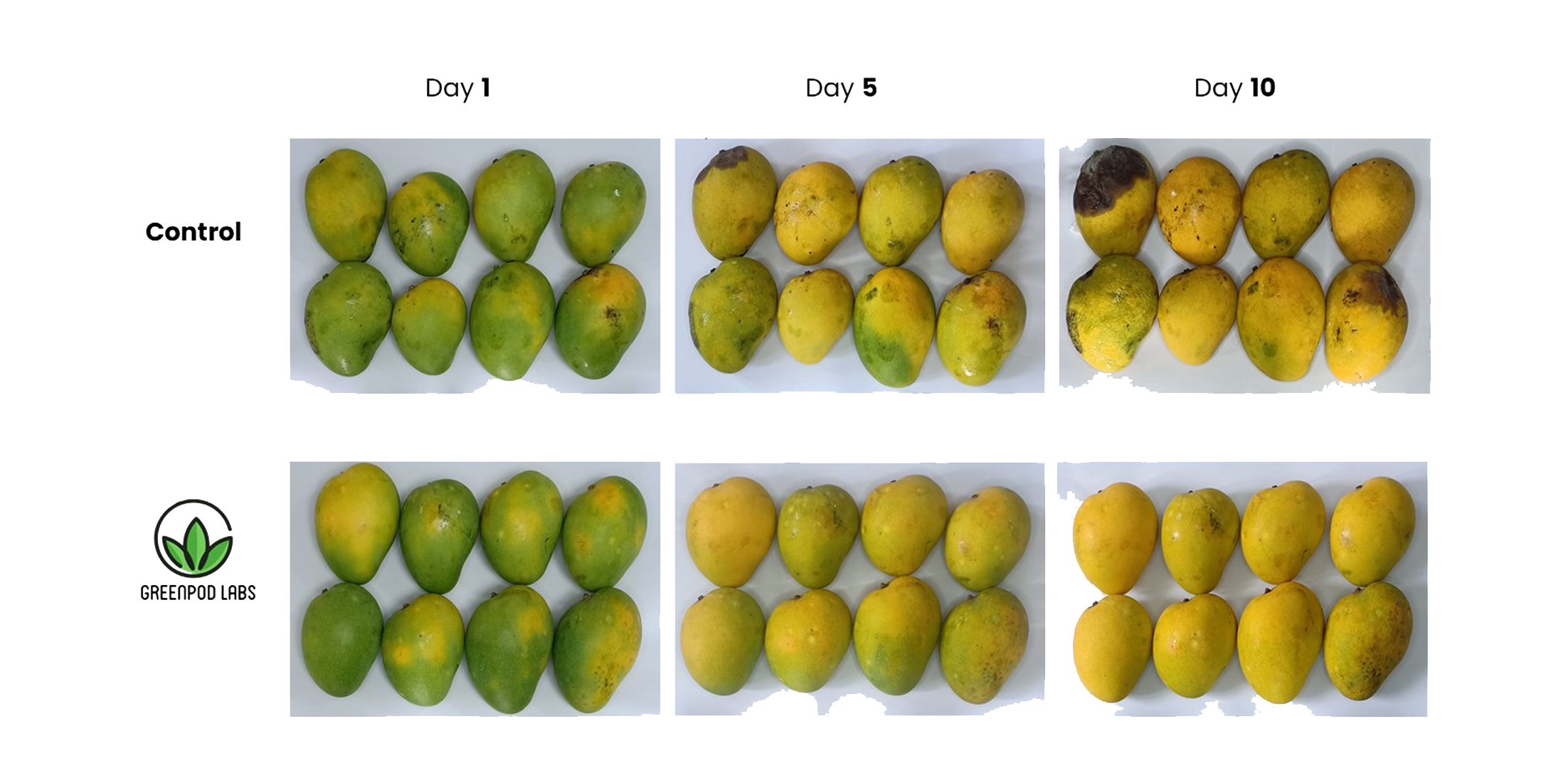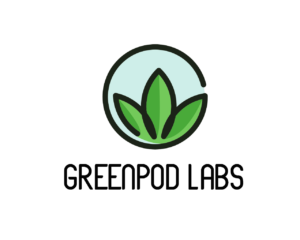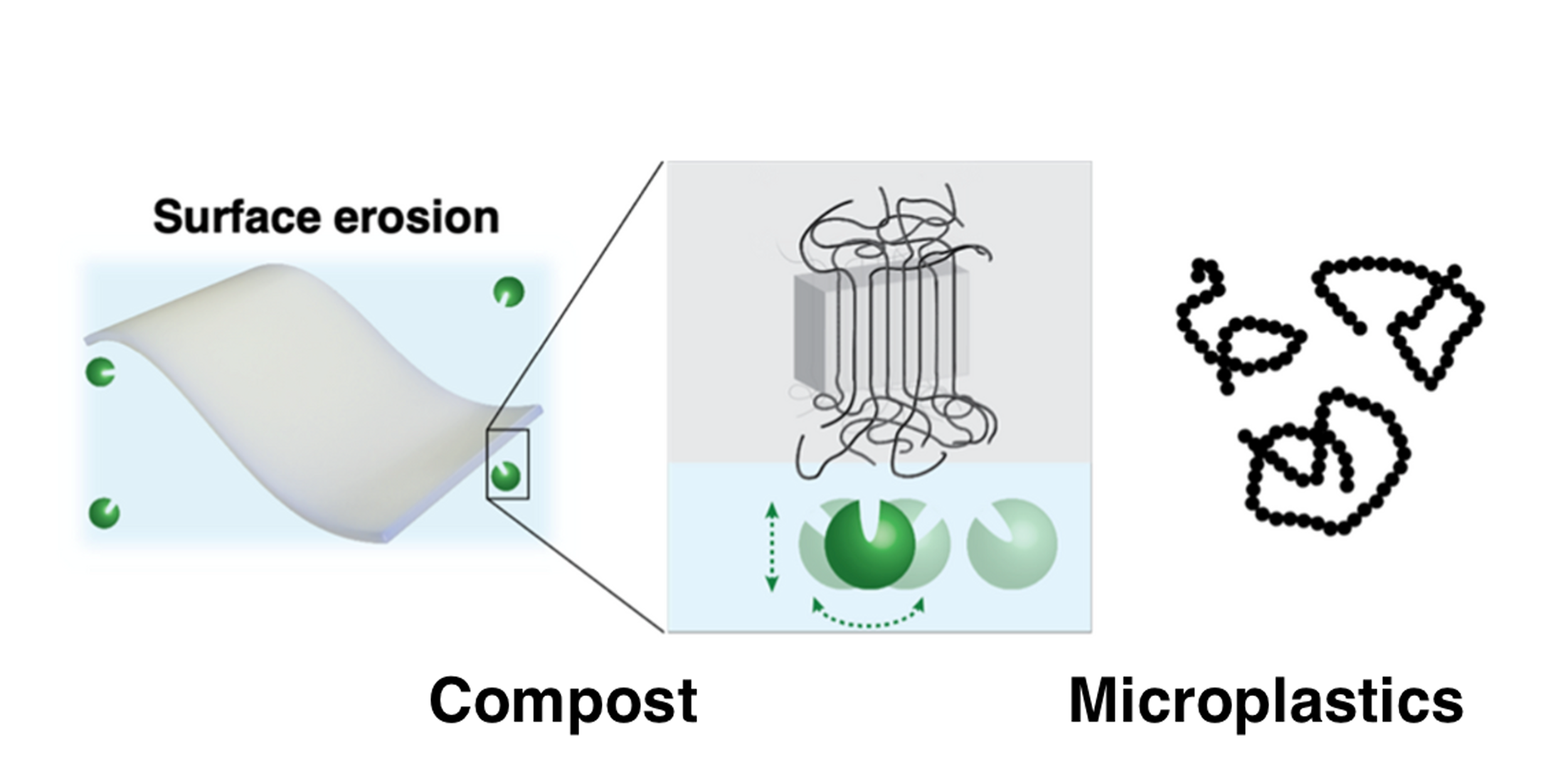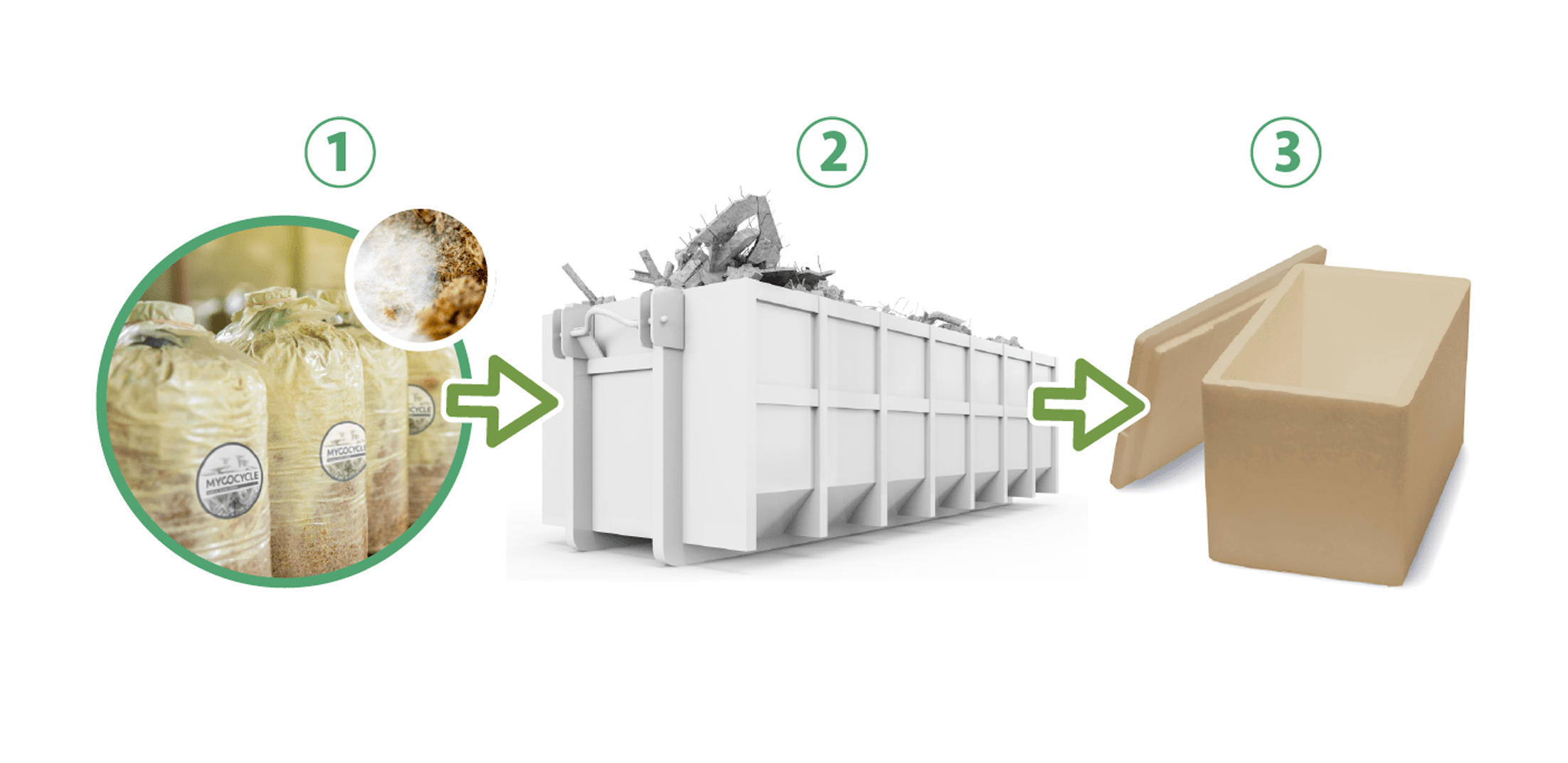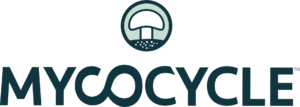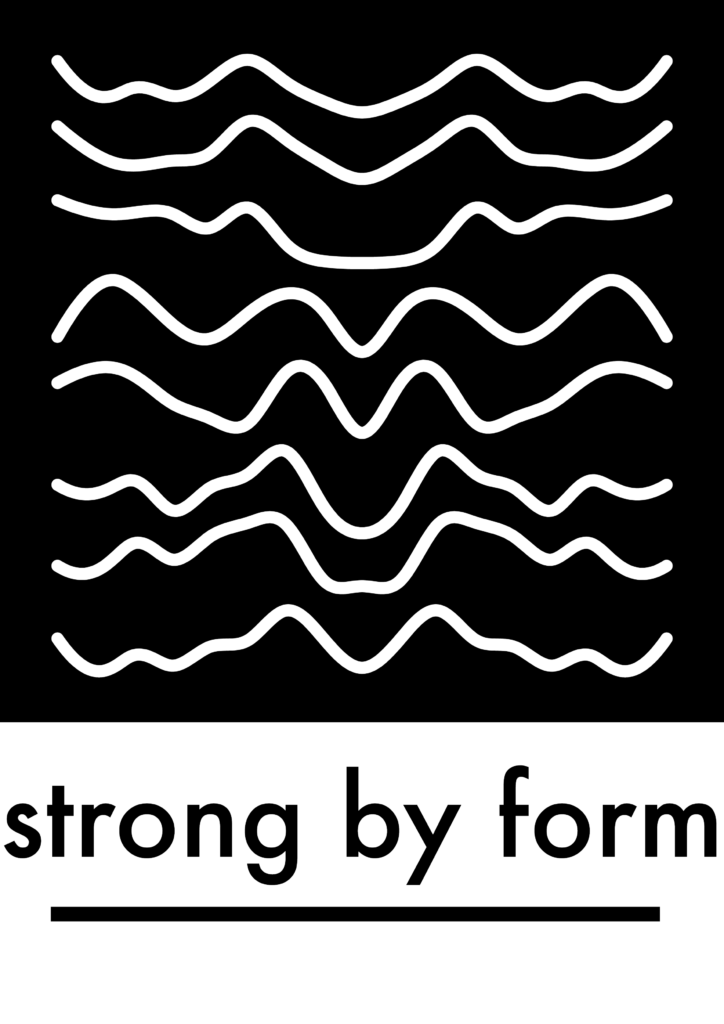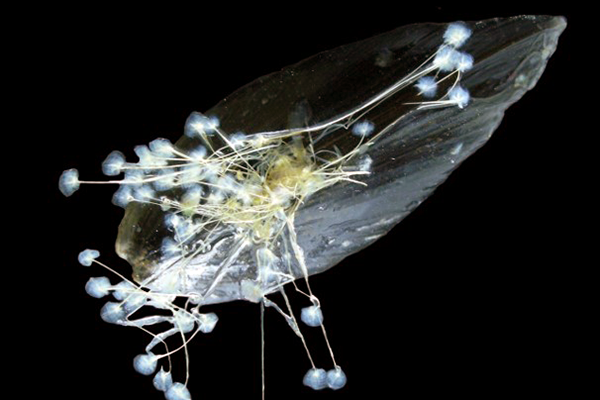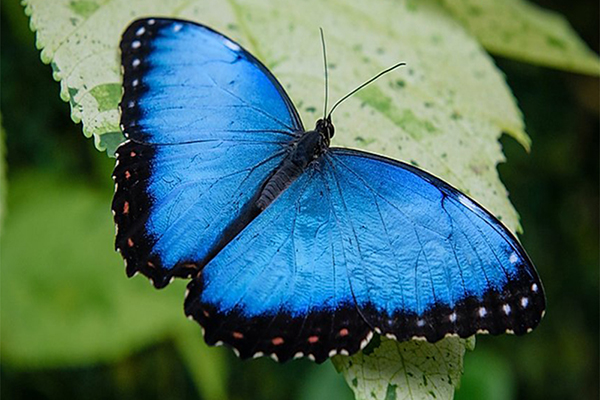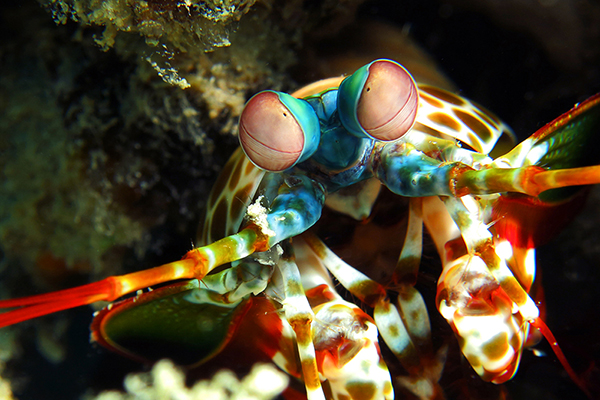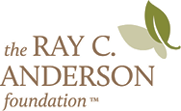Calling all nature
inspired startups!
We discover the top nature-inspired
startups in the world, accelerate their growth,
and amplify their stories with equity-free
programmatic and financial support.
Ray of Hope Prize
The Ray of Hope Prize® identifies the top nature-inspired startups in the world and fosters their growth by providing sustainable business training, communications support, and opportunities for non-dilutive funding—the top being a $100,000 equity-free prize.
Armed with nature’s billions of years of research and development, these startups are uniquely suited to address critical environmental and social issues at scale.
Over the course of the 10-week Ray of Hope Prize program, we help startups:

Scale more quickly in order to compete in multi-billion dollar, extractive industries

Avoid the common push to produce products cheaply, leading to further (unintentional) harm (such as the use of toxic chemicals)

Easily communicate their science and biomimicry in order to create a brand advantage
Amphibio
United Kingdom – Amphibio has developed a recyclable and PFC-free alternative to traditional waterproof breathable textiles in the outdoor and sportswear industry. This is accomplished via their unique manufacturing process and PFC-free superhydrophobic yarn, which was inspired by water and liquid repellent nano-structures found in nature. Their textiles are made from one source material and do not need any chemical treatments, mitigating two of the biggest barriers of sustainable textile production today. Learn more here.
Biome Renewables
Canada – Biome Renewables is an engineering and design firm that learns from nature to create higher performing and more sustainable renewable energy systems. Their first product, the PowerCone®, is a wind turbine retrofit inspired by the aerodynamics of a falling maple seed, which moves through the air with a pattern of least resistance. The PowerCone, which is a second smaller rotor bolted to the hub of existing wind turbines, can increase the annual energy production of a wind turbine, while minimizing the amount of loads and vibrations experienced by the turbine. Currently, they are bringing their second technology to market: a serrations technology that mimics an owl’s wing to deliver quieter wind turbine performance. Recent wind tunnel testing in Germany revealed noise reductions up to 4 dB. Learn more here.
Fusion Bionic GmbH
Germany – Fusion Bionic creates laser-generated surface textures inspired by textures found in nature, opening up new possibilities for functionalized surfaces. Their Direct Laser Interference Patterning (DLIP) can create micro- and nano-scale surface textures on which, for example, ice does not stick, (anti-icing for e.g. aviation), glass surfaces of smartphones do not reflect (anti-reflective), and implants are better accepted by the body (biocompatible, antibacterial). All of these surface textures replace ecologically harmful processes, such as chemical de-icing, sand-blasting, or etching, while meeting the demand of increased product performance via industrial-scale surface finishing. Read more here.
GreenPod Labs
India – India is the second largest producer of fruits and vegetables, but ~40% of fresh produce is lost before it reaches consumers. GreenPod Labs have created bio-inspired packaging sachets that release plant based volatiles to activate the built-in defense mechanism within specific fruits or vegetables, in order to slow down the ripening rate and minimize microbial growth. By understanding crop physiology and spoilage types, GreenPod Labs is able to create the right formulation for produce to fight against biotic and abiotic stresses at ambient temperature, lessening the need for cold storage and cold supply chains. Learn more here.
Intropic Materials
United States – Intropic Materials is solving plastic waste from the inside out by embedding enzymes directly inside plastics to aid and significantly speed up natural degradation. These plastics rapidly and completely break-down at the end of use into biodegradable or chemically recyclable small molecules without producing microplastics, in accessible life-friendly conditions like warm water baths or compost. This is enabled by their proprietary enzyme stabilization platform, designed to function similarly to chaperone proteins, which protect and preserve enzymatic structure and function in foreign environments. By bringing together natural and synthetic materials, Intropic Materials is unlocking a more innovative and sustainable future. Learn more here.
Metavoxel
United States – Low-density, high-performance cellular materials like bone, bamboo, and marine sponges are nature’s way of doing more with less, providing structural efficiency and multifunctionality across scale. The key is in the specific internal cellular geometry. Metavoxel recreates these cellular geometries to produce lightweight and strong metamaterials which can improve structural efficiency and reduce the cost and environmental footprint of the built environment. The goal for Metavoxel is to do more with less—to conserve energy and material resources while accomplishing specific mechanical and structural objectives. Learn more here.
Mycocycle
United States – Mycocycle works with nature’s master decomposers, fungi, to break down complex waste streams such as construction materials and asphalt. Using a systems-level biomimicry approach, Mycocycle’s process enables a circular industrial supply chain, becoming ever more important as landfills reach capacity. To accomplish this, Mycocycle first optimizes fungi in a lab to decompose specific waste streams. Then, they remediate the waste on site in collaboration with manufacturers, recyclers, and waste management companies. The resulting by-product can then be used to create new products. Learn more here.
Sóliome
United States – Sunscreen has become a part of the daily routine for millions of consumers, however the current market choices often contain toxic chemicals or are damaging to sensitive organisms like coral. Sóliome has created a novel sunscreen inspired by compounds that naturally concentrate in the lens of the human eye to absorb UVA and UVB radiation. By isolating and stabilizing this molecule, Sóliome is able to create a safe, affordable, and environmentally friendly sunscreen. Read more here.
Strong by Form
Chile – In nature, trees are able to withstand high wind and snow stresses by growing the right form, density, and fiber orientations. This allows natural wood to achieve a specific strength that is even higher than the one of steel. By combining material science with the latest digital optimization tools, Strong by Form has developed Woodflow, a fabrication technology that follows these natural form functions. Their proprietary additive manufacturing process can create high performance, ultralight, timber-based structural composites for the construction and mobility industries at a fraction of their environmental impact. Learn more here.
Sudoc
United States – Sudoc creates chemical cleaning products that emulate how enzymes work in the human liver to efficiently oxidize harmful and toxic micropollutants. By closely mimicking the mechanism of these peroxidase liver enzymes, Sudoc’s innovative chemistry platform can reduce, replace, and eliminate toxic chemicals in a wide range of applications. The company’s first product outperforms traditional mold stain removal products with 1/30th the chemical content, and they are developing a range of other household and commercial cleaning products, as well as solutions for the treatment of waste water and waste pharmaceuticals. By creating chemistry in balance with nature, Sudoc is helping to address a massive increase in global chemical toxicity that is contributing to the greater incidence of infertility, diseases such as cancer, and impacted developmental behaviors. Learn more here.
Ray of Hope Prize Participants Benefit From
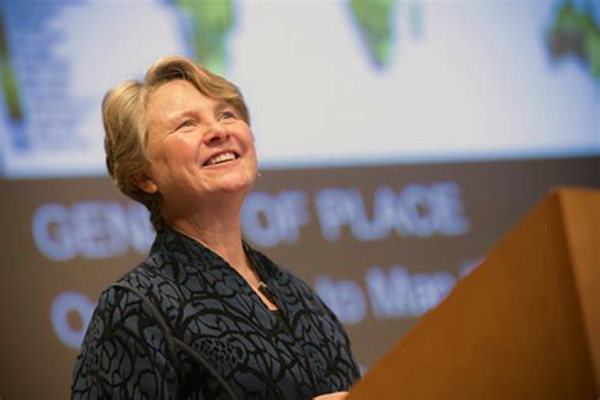
Expert Mentorship
Participants engage with our expert mentors and advisors throughout the program.
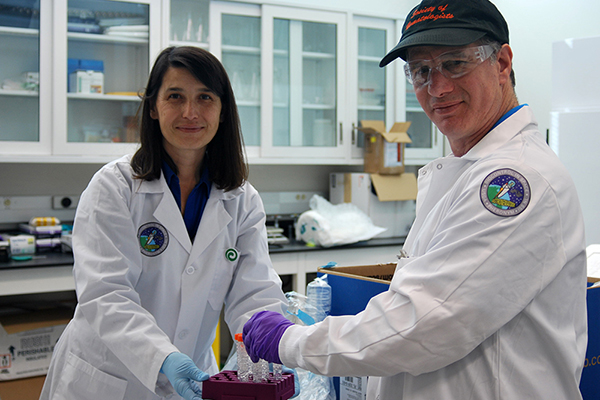
Sustainable Business Training
Introduction to sustainability tools and processes like life-cycle assessments, green chemistry, and ethical supply chains.
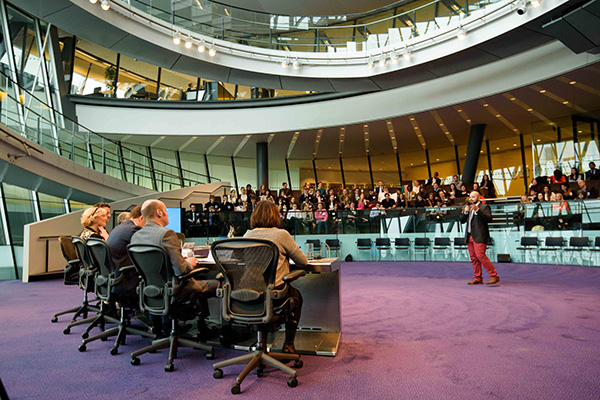
Amplified Exposure
A multitude of opportunities for high profile exposure through our media and content partners.

Nature Expeditions
Nature immersions bring startups to remarkable locations, deepening their connection to nature and strengthening relationships.
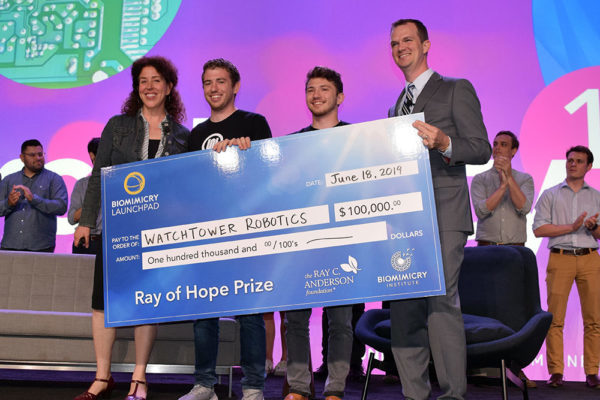
Access to Funding
Ray of Hope Prize startups receive access to our vast network of business and investment contacts.
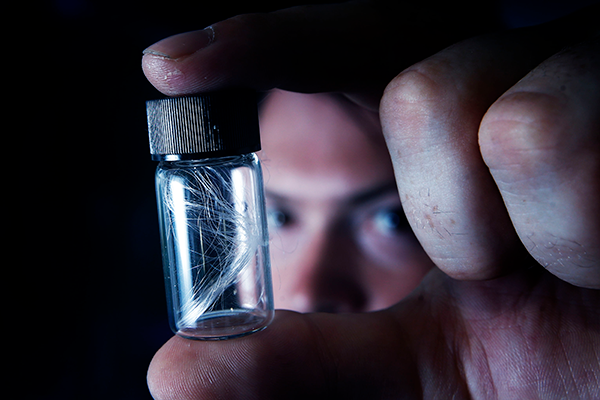
Philanthropic Capital
The top-rated startup is awarded the $100,000 grand prize, the runner-up receives $25,000, and an additional $25,000 in prizes are distributed.
A Program Designed for Impact
Following the Ray of Hope Prize program, some participants have been able to:

Secure investment thanks to network introductions

Gain inbound leads from
global media

Gain paid proof-of-concept pilot contracts with major corporations

Increase sales attributed to messaging updates

Hire key employees using equity-free funding

Join a community of like-minded leaders
Revolutionary Solutions to Today’s Most Critical Issues
The Ray of Hope Prize startups have developed biomimetic products and solutions that will transform our world, including:
Cohorts with Global Reach
Unlike most accelerators, the Ray of Hope Prize is not industry, technology, or geography specific. Instead, each cohort is united by a drive to address one of the 17 UN Sustainable Development Goals. To date, we have received applications from startups representing 49 countries.
“Not only was our startup elevated by the process, but the diversity of other viable nature-inspired solutions shows that we as humans are making serious progress against seemingly intractable problems.”
 – Brent Cutcliffe,
– Brent Cutcliffe,
2021 Ray of Hope Prize Participant,
Co-Founder & COO of New Iridium
Key Program Details and Dates for Applicants
Any startup with a nature-inspired product, service, or technology with inherent social or environmental benefits may apply. We are particularly interested in solutions that address carbon sequestration, climate change adaptation or mitigation, critical sustainability challenges, or any of the U.N. Sustainable Development Goals.
To be most competitive for the prize, we recommend that you have at minimum a proof-of-concept prototype and are able to demonstrate some sort of user adoption. In the 2021 cohort, all of the finalists had secured more than $250,000 in funding (grants, equity, etc.) and less than $5 million in funding.
Program Timeline
February 22: Applications Open
April 29: Applications Close
August 9: Announcement of Finalists
November: Announcement for the 2022 Recipient
Contact [email protected] with any questions.
Past Ray of Hope Prize Winners
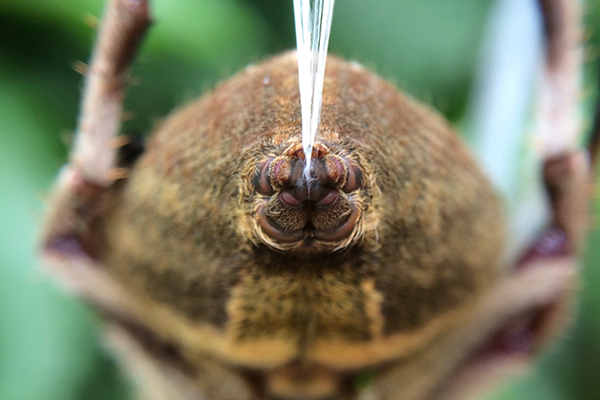
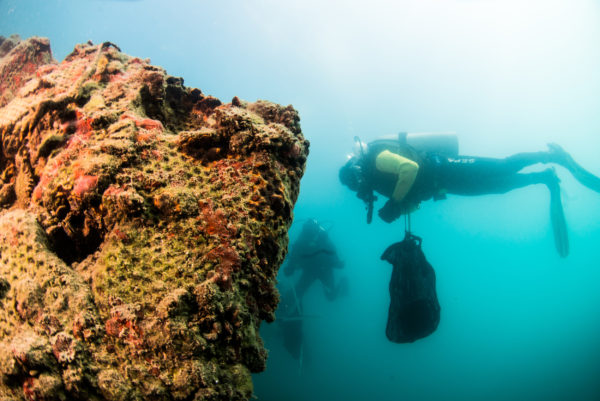
2020 Recipient Econcrete
Tel Aviv, Israel – ECOncrete® has developed high performance, environmentally sensitive concrete products for marine infrastructure projects. By encouraging native marine growth on their products, they turn typical gray infrastructure into regenerative ecosystems that increase in strength and durability through a process called bioprotection.

2017 Recipient NexLoop
Croatia, United States, Germany – NexLoop designs biomimetic products and systems to collect and integrate in situ atmospheric water sources into sustainable and affordable urban food production. The design is a modular, scalable building envelope system for food production applications, such as greenhouses, indoor vertical farms, and container farms. The system combines multiple functions from champion species like spiders, ice plants, and mycorrhizal fungi, to capture, filter, store, and distribution water for food growing. ![]() .
.

2019 Recipient Watchtower
Boston, Massachusetts – Watchtower uses a next-generation, flexible robot to inspect water pipes, locating leaks for utilities to easily fix. The strategy is to build a robot that is like a squid or gecko; it leaves behind a piece at every leak it finds in an underground water pipe. This piece has a beacon effect that allows maintenance crews to locate it with wireless scanners from above ground, pinpoint the location of the leaks, and know where to dig and fix them. ![]()
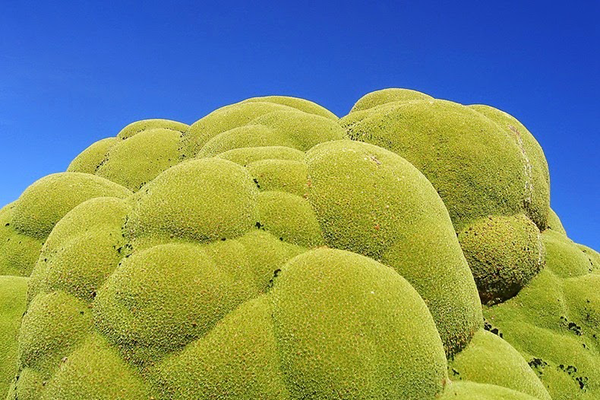
2016 Recipient LifePatch
Quillota, Chile – A team from the Ceres Regional Center for Fruit and Vegetable Innovation in Chile designed a new way of protecting growing seedlings that emulates the way hardy “nurse” plants establish themselves in degraded soils and pave the way for new plant species to grow. The LifePatch returns vitality to the soil by improving conditions for seedlings and exposing them to a mix of nutrients, is fabricated with natural fibers, and biodegrades after one season. With 25% of the world’s soils degraded, this startup innovation provides a way to grow and protect new plants and ensure that the soil can be regenerated to feed our growing population. .

2018 Recipient Nucleário
Rio de Janeiro, Brazil – Inspired by winged seeds, bromeliads, and forest leaf litter, Nucleário offers a smarter, cheaper, and faster approach for large-scale forest restoration by providing innovative products proven to reduce seedling maintenance. The Nucleário Planting System eliminates the need for irrigation, herbicides, and pesticides. 
Judging Panel and
Selection Committee
The Ray of Hope Prize judging panel and selection committees are comprised of experts across industry and disciplines. Each provides teams with valuable feedback, advice, and a lasting connection. Learn more about our experts here.
Foundation and
Corporate Sponsorship
It will take all of us to recreate our world to fit in with nature. If you would like to support the startups on their journey, or bring their biomimicry innovations into your work, we’d love to hear from you. Contact us here.
Supporters
The Ray of Hope Prize is a key initiative of the Biomimicry Institute and our founding partner, the Ray C. Anderson Foundation. The late Ray Anderson was Founder and Chairman of Interface, Inc. and a sustainable business pioneer. Biomimicry was an important part of Ray’s and Interface’s early success in creating more environmentally friendly and better performing products.
Support the Next Generation
of Nature-Inspired Innovators
By donating to the Biomimicry Institute, you help us empower more nature-inspired innovators. Together, we will build a strong and sustainable global community dedicated to eliminating the need for extractive industries and revitalizing degraded ecosystems.

